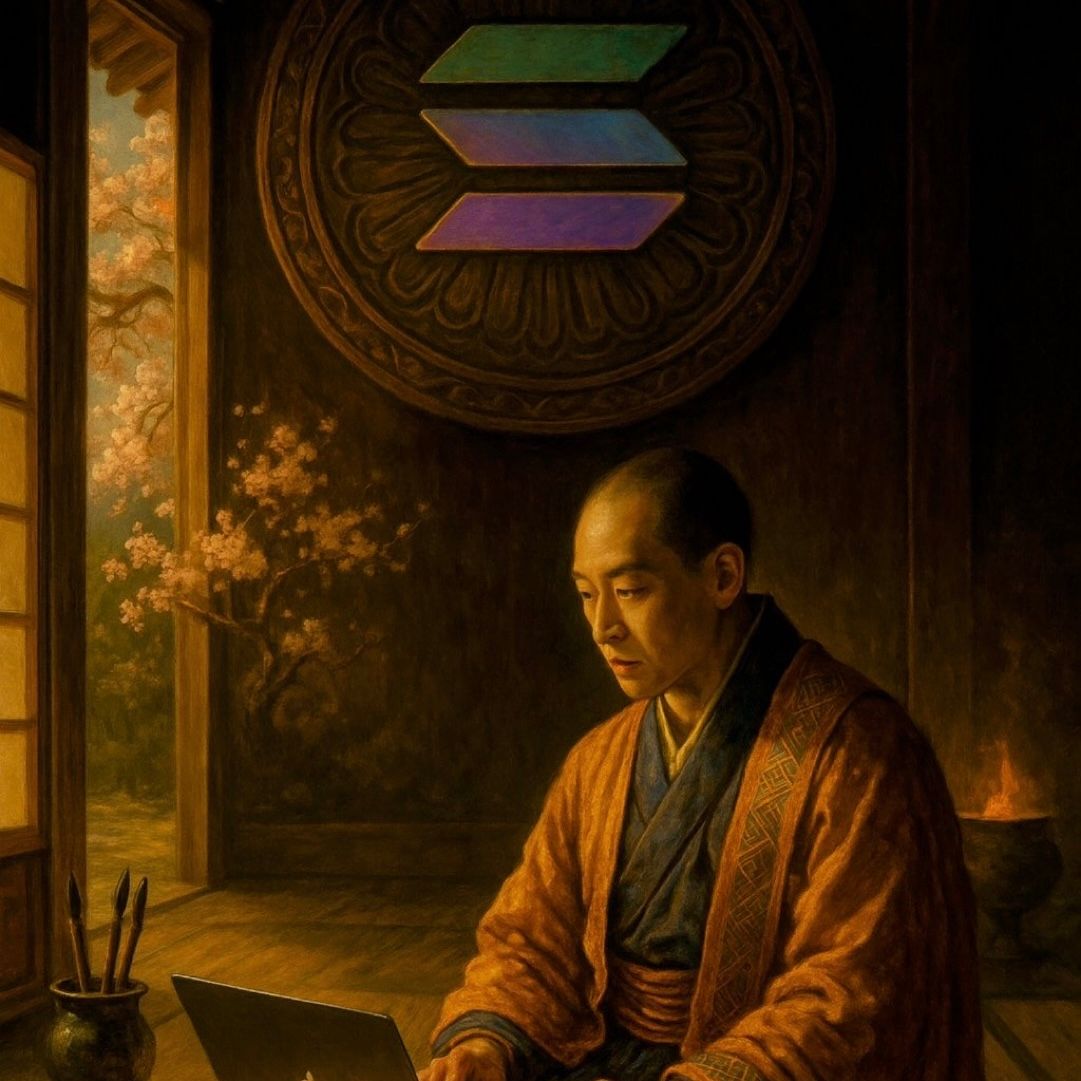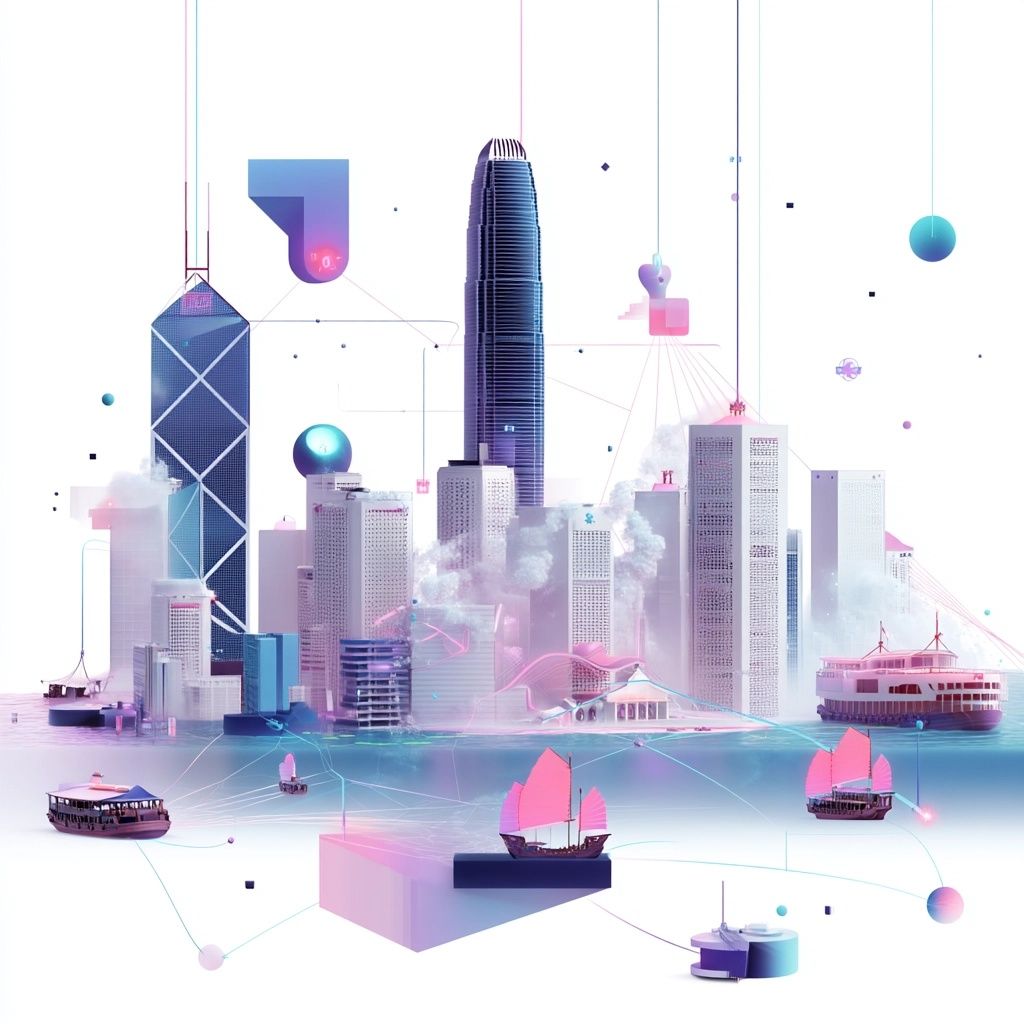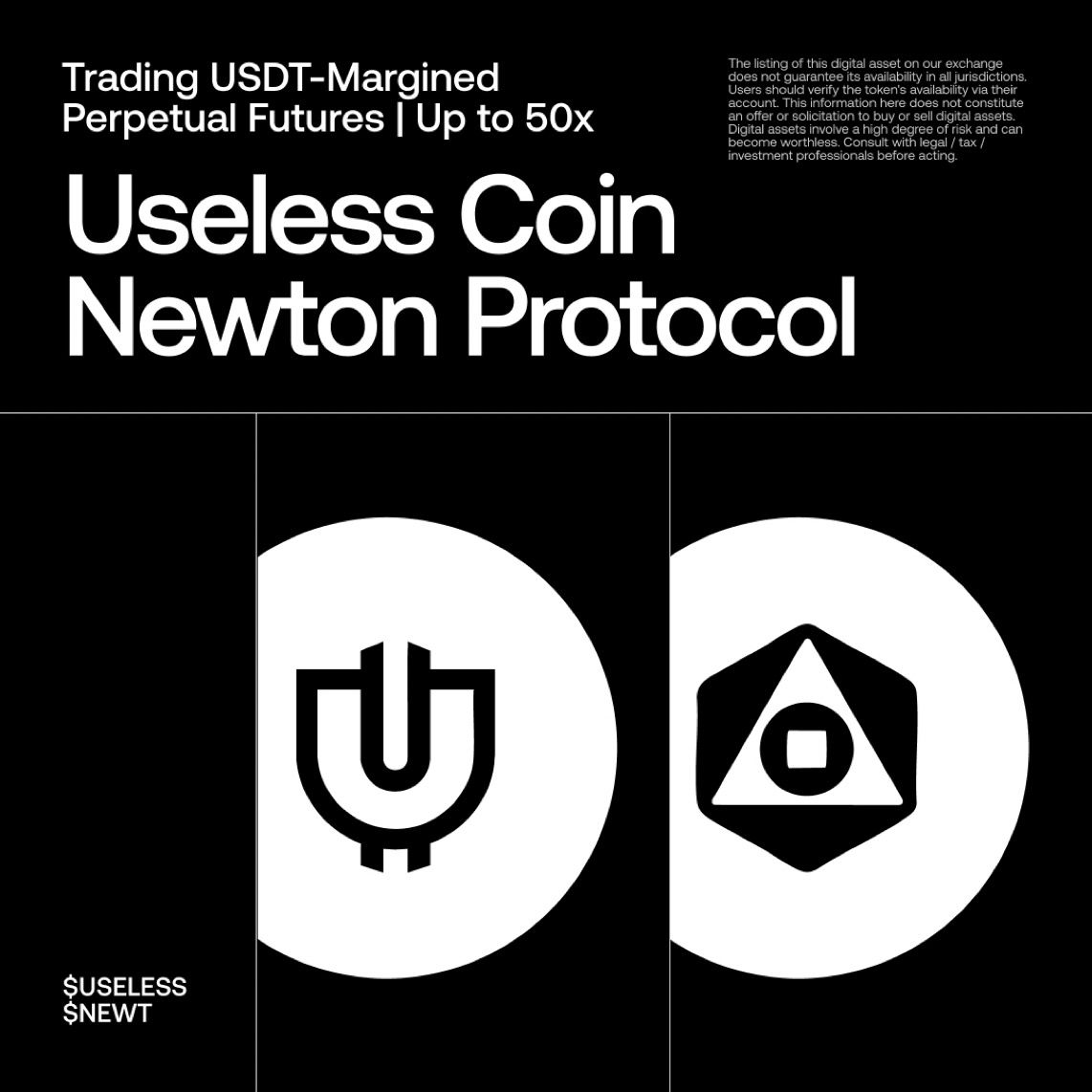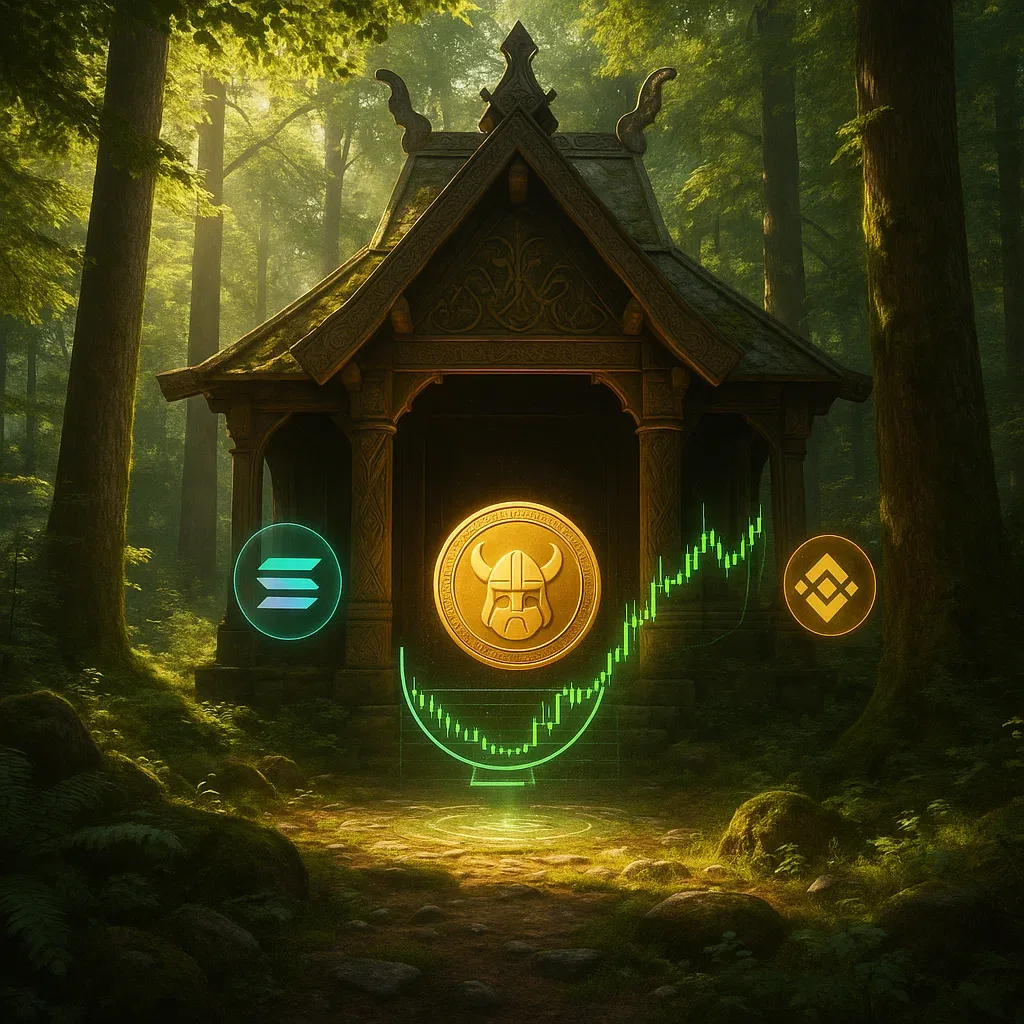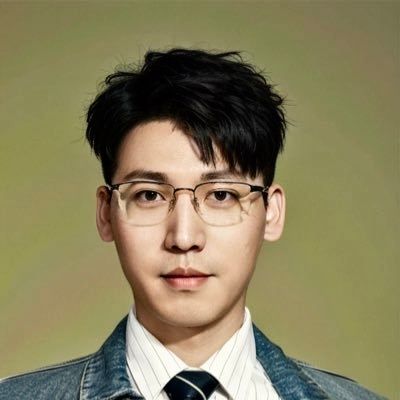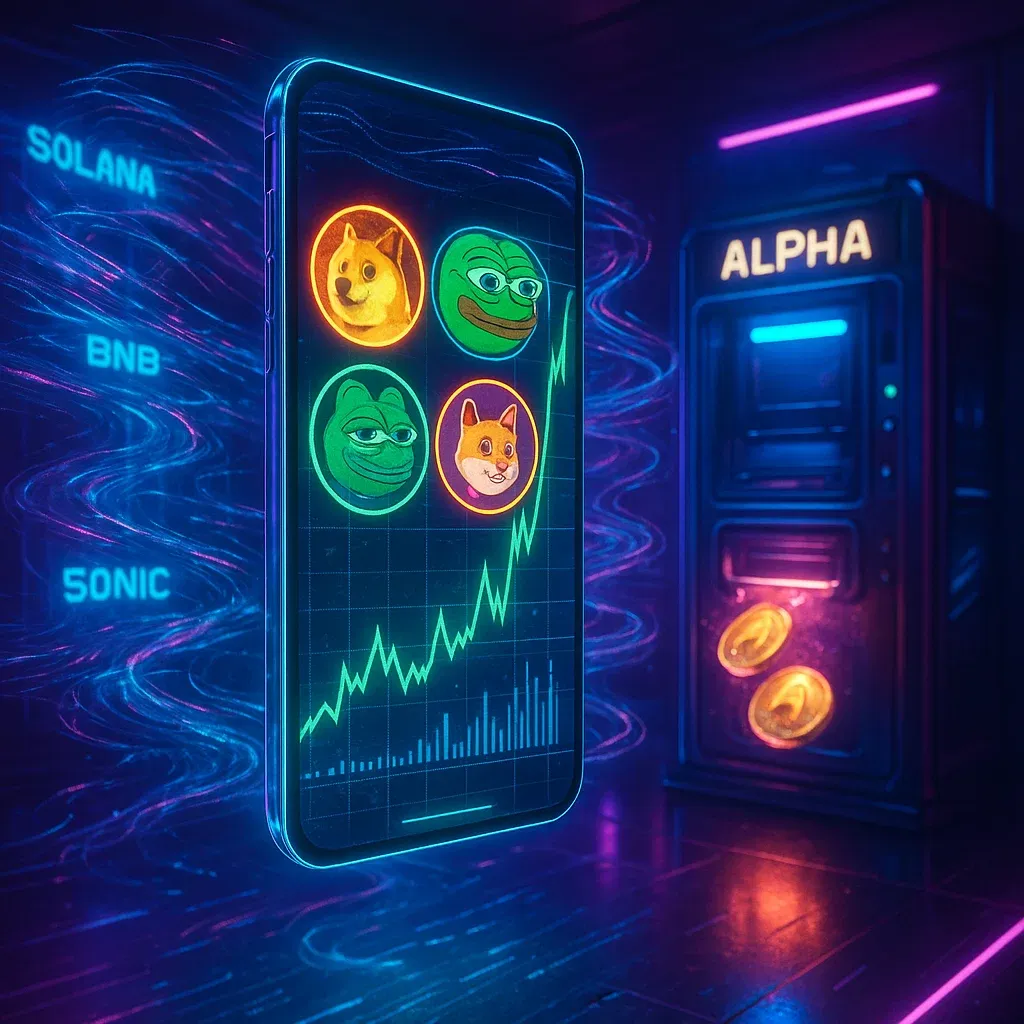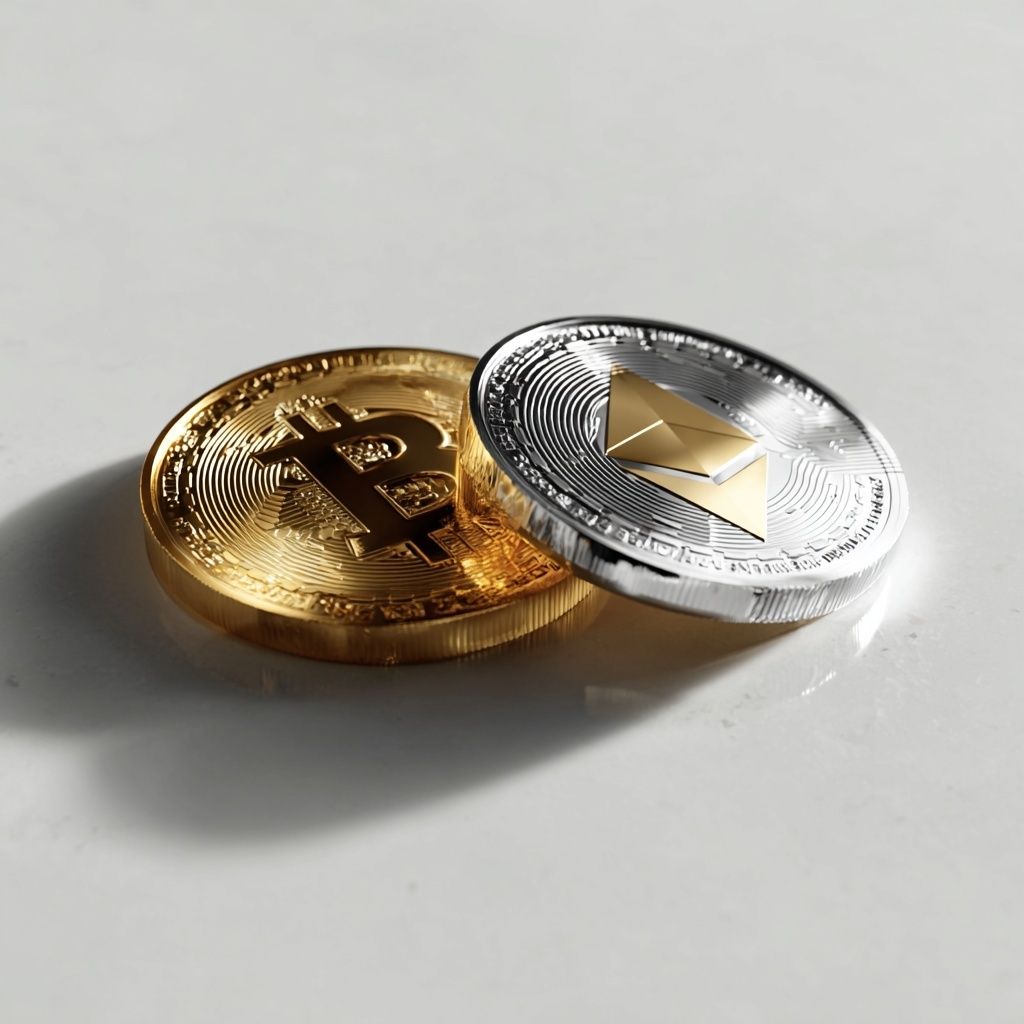Ethereum’s Vision 2025: Why the Foundation Wants to Do Less, Not More
🌱 Ethereum’s Future: Doing Less to Build More
Ethereum isn’t a company. It’s a living, breathing ecosystem — and the Ethereum Foundation (EF) just dropped a major update on how it plans to keep it that way.
In a bold new statement from Aya Miyaguchi and Vitalik Buterin, EF outlined a refreshed vision for Ethereum’s next decade:
Not by controlling everything — but by empowering the ecosystem to outgrow even the Foundation itself.
🌍 Ethereum = The Infinite Garden
EF sees Ethereum as an "Infinite Garden" — a wild, evolving space where ideas, tools, and communities grow naturally.
It’s not about one master plan. It’s about resilient systems that survive — and thrive — in unpredictable, messy real-world conditions.
Today, Ethereum is already helping millions around the world where traditional systems fail:
- Financial access without banks
- Coordination without centralized platforms
- Stability without political permission
The mission: A shared world computer that stays open, neutral, and censorship-resistant — no matter what.
🧭 What the Ethereum Foundation Actually Does (and Doesn’t)
What EF leans into:
- Funding and maintaining critical infrastructure (like client software)
- Coordinating network upgrades (e.g., The Merge, Dencun)
- Advancing ZK-proof tech, privacy, and scalability
- Hosting Devcon and ethereum.org as neutral community platforms
What EF hands off:
- Seeding public goods, then stepping back
- Supporting decentralized governance experiments (like Protocol Guild)
- Empowering new regional leadership with grants and fellowships
EF’s mantra?
“Purposeful subtraction.”
(Translation: Build, then get out of the way.)
🛠️ How EF Operates: Evolution Over Control
EF’s approach revolves around three pillars:
1. Adaptive Evolution
Move fast, evolve faster. The Foundation shifts focus as Ethereum’s needs change.
2. Thoughtful Complexity
Decentralization is messy. EF embraces that — instead of pretending it can be "fixed" with simple solutions.
3. Empowering the Community
The goal isn’t to run everything. It’s to help independent teams succeed without EF in the long run.
🎯 Where EF Is Focused Right Now
✅ 1. Maximize Meaningful Ethereum Usage
Not just adoption for adoption’s sake — real use cases that align with Ethereum’s values:
- DeFi giving financial power where banks fail
- DAOs coordinating human action across borders
- Decentralized social apps where users own their identities
- On-chain AI tools and prediction markets
What EF doesn’t count as success?
- Corporate blockchains using Ethereum just to timestamp reports.
- Custodial apps where users never touch the blockchain directly.
✅ 2. Maximize Ethereum’s Resilience
True resilience means Ethereum can survive:
- Political crackdowns
- Infrastructure failures
- Internal drama and forks
- EF itself going offline
No single client.
No single funding source.
No single choke point.
Resilience ≠ just decentralizing users — it’s decentralizing development, research, security, and community too.
🌐 Big Picture: Ethereum as Humanity’s Coordination Layer
EF's ultimate vision?
Ethereum becomes invisible infrastructure — like electricity or the internet.
- Local communities building local solutions
- Global cooperation without permission
- Innovation at the edges, not dictated from the center
- A network that outlives any one generation, company, or government
As the Foundation puts it:
“Ethereum is a living ecosystem, not a product. Our job is to nurture it, not own it.”
🧠 TL;DR: Ethereum’s Revolution Won’t Be Centralized
- 🔥 Ethereum grows by empowering others — not by central planning.
- 🚀 Meaningful adoption > vanity metrics.
- 🛡️ True resilience is messy, decentralized, and anti-fragile.
- 🌍 The Infinite Garden lives — and EF is just one gardener among many.
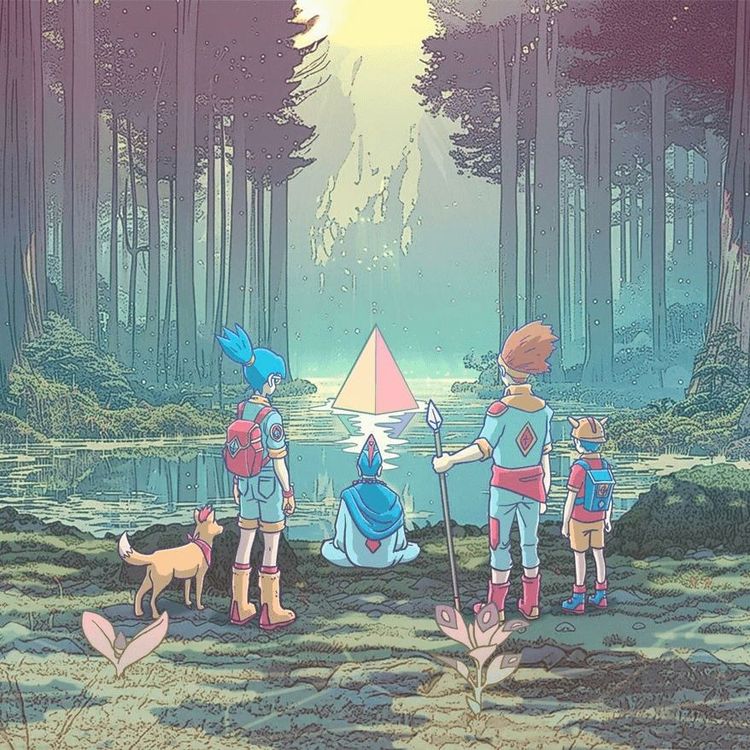
Recent News
All Time High • Live
Have questions or want to collaborate? Reach us at: info@ath.live


